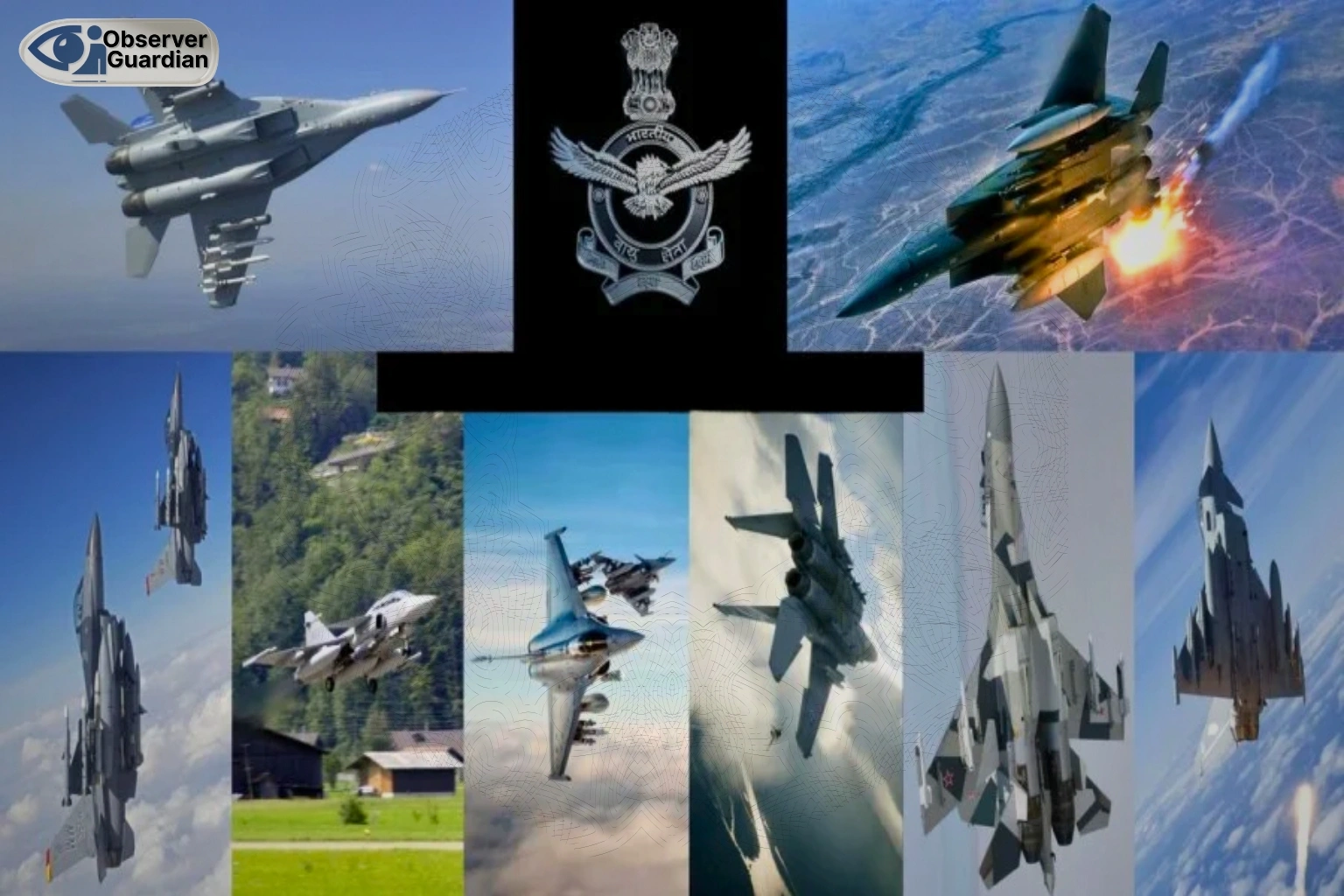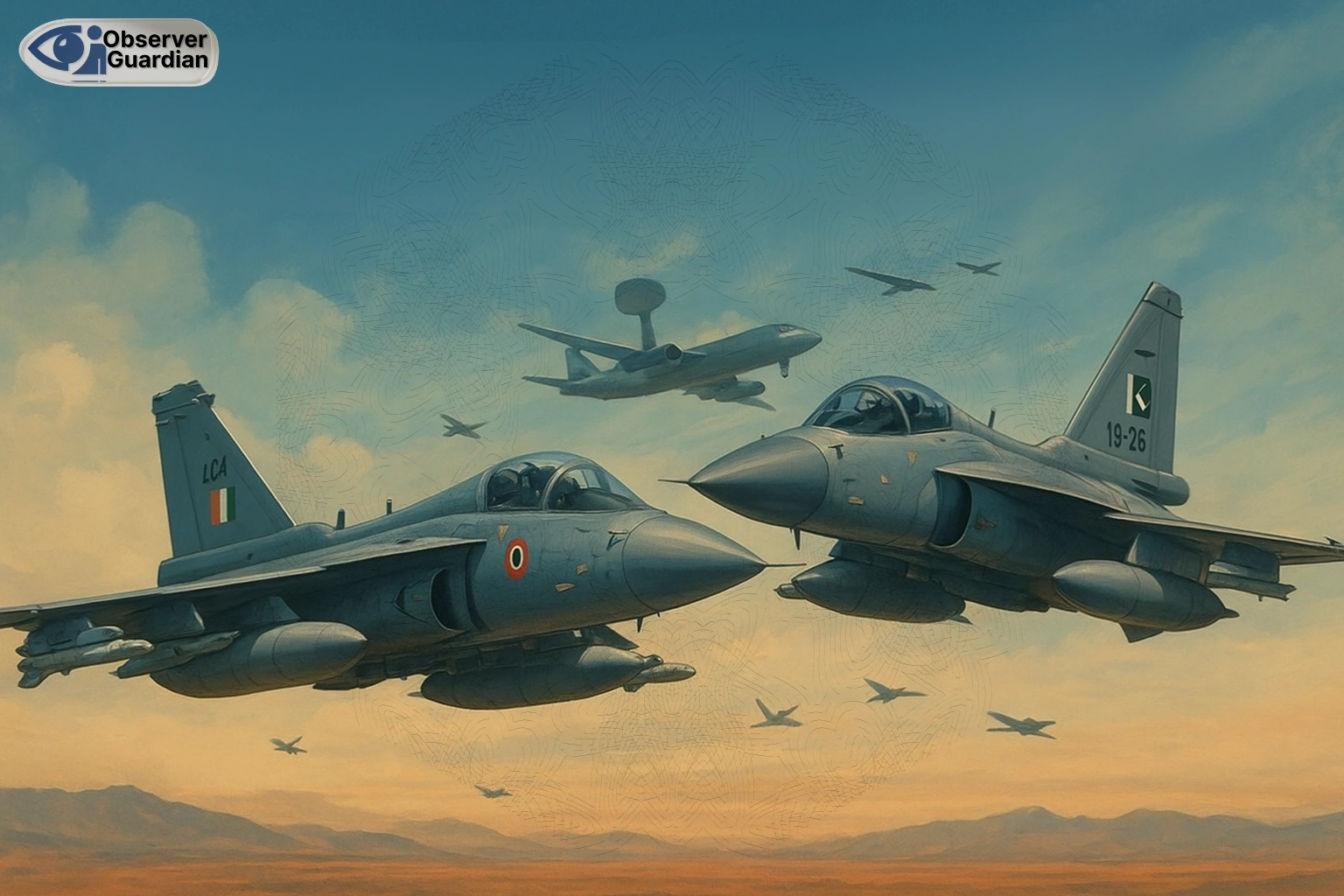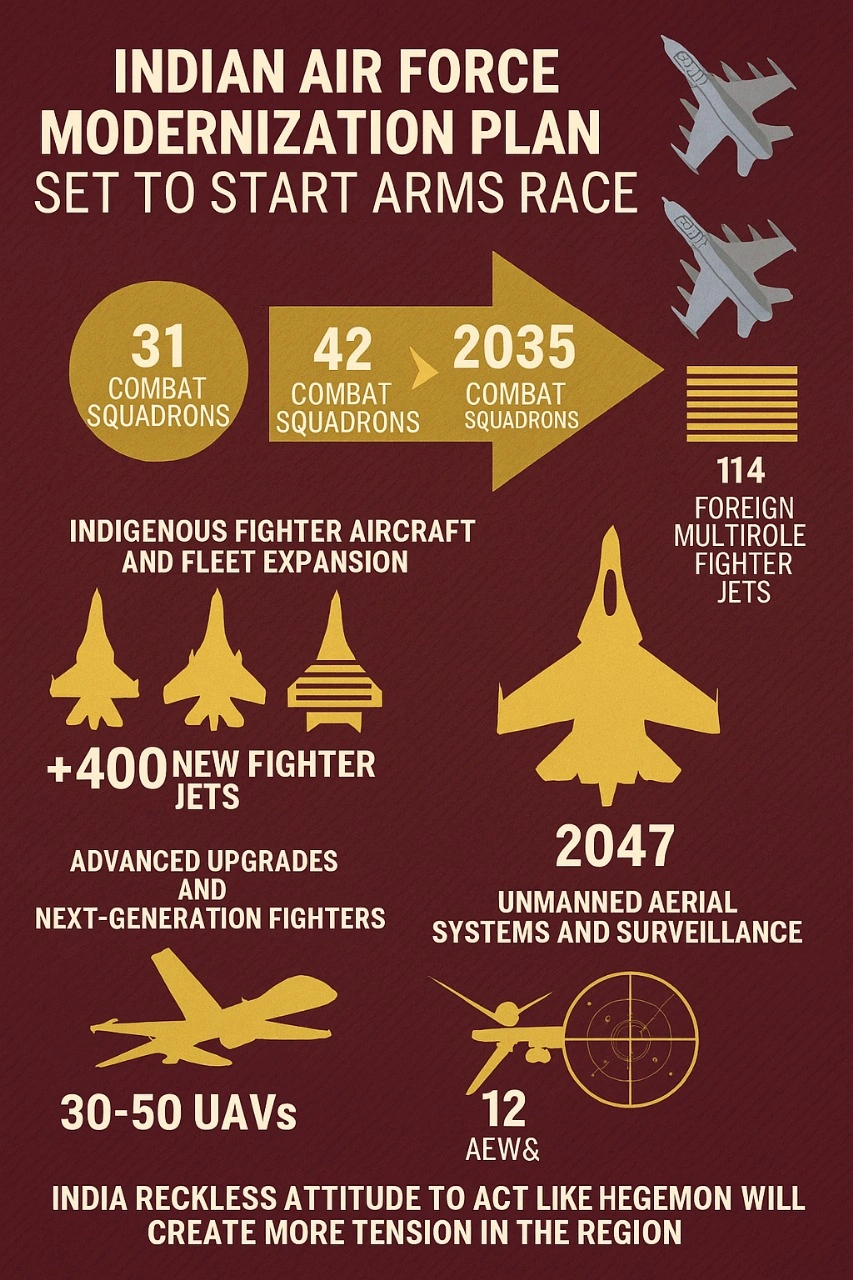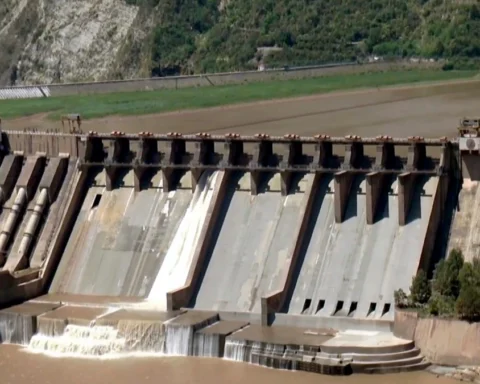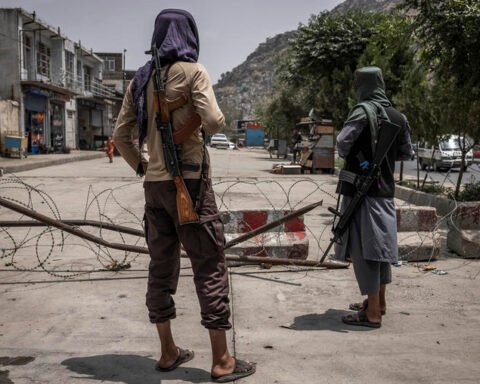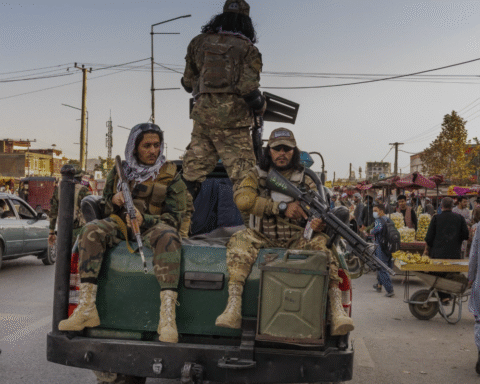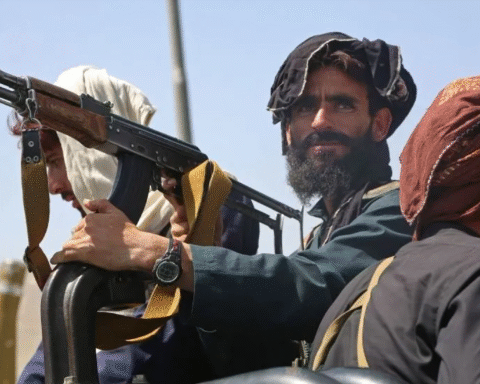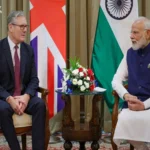The Indian Air Force is gearing up for a major transformation. The plan is to increase the current 31 fighter squadrons to about 42 by 2035, which means more than 450 aircraft. For this purpose, a new batch of Tejas Mk1A fighter aircraft has been ordered, and 97 more will be introduced. Along with this, a major program of 20 billion dollars is also under consideration. In this program 114 multi-role jets will be manufactured in India with foreign assistance. Besides, upgradation of the Su-30MKI fleet and the Long Range Stealth Fighter Project (AMCA) are also part of the project. The aim is to retire the old MiG-21s and Jaguars and build a modern and mostly home-built fleet.
India Planning Non-human capabilities
This is not just limited to aircraft. In the coming years, the IAF plans to introduce several types of UAVs, including combat drones and swarms. Additionally, new early warning aircraft will also be brought in to enhance aerial surveillance.
Behind all this is the slogan of Atmanirbhar Bharat, under which billions of dollars are being invested in the domestic defense industry. So, India would be able to reduce its dependency on defense imports.
Pakistan operates a total of 450 aircraft with around 25-26 squadrons across the border. In their fleet, old Mirages and F-16s are being used in combination with modern J-10Cs and JF-17s. Moreover, the JF-17 Block III features advanced avionics and weapons that give it an effective edge. Although this scale is not the same as India’s plan, it shows that Pakistan is also focusing on continuous upgradation.
Arm race in the region is the big picture. China added more than 400 fighter jets between 2014 and 2024, while Pakistan added only 31. Now, India is going to add hundreds in the next decade. Thus, it is the classic security cycle.
This means increase in the capacity of one party increases the insecurity of the other, which is forced to create more capacity.
The number versus the quality
Obviously, it is not just a numbers game, the quality is also decisive. The Rafale aircraft has already given India a technological edge, and 114 more Rafales are being manufactured indigenously. Thus, by adding the orders of both Air Force and Navy, the total number can reach around 176. On the other hand, Pakistan is focusing on the integration of Chinese technology and its platforms. So that an effective lead can be achieved even with less resources.
The real challenge for India is how to implement these plans. The production of large-scale modern fighter aircraft is not an easy task. HAL (Hindustan Aeronautics Limited) has faced production delays in the past too.
While technical transfer deals can take years to work out. Additionally, there is the financial aspect that includes defense budgets at large, but the demands of health, infrastructure and welfare sectors are equally high. Similarly, pilots, maintenance staff, training programs and spare parts are also necessary with the aircraft, otherwise, the aircraft will remain standing but will not be able to fly.
From Pakistan’s point of view, all the developments appear to be an attempt to establish India’s air supremacy. Due to lack of resources, Pakistan is likely to put more emphasis on drones, electronic warfare and air defense systems. In these areas, more profit can be made at a lower cost. Furthermore, China’s technical and political support will also be an important part of this strategy.
The advancing tension
All the developments in arms present a real danger. As more modern systems are deployed on both sides, there is more possibility of any clash turning into a major clash. The region has already seen drone clashes and aerial skirmishes, and minor tensions that would have been turned into major crises, if the leadership miscalculated. So, the possibility of future border tensions involving stealth aircraft or long-range missiles is unlikely.
Thus, the modernization of India’s Air Force is undoubtedly impressive on paper, but it also raises the security dilemma of the region. The steps taken by India to feel safe are making Pakistan feel less safe. That imbalance accelerates the arms race too. The real question is first, whether India will be able to complete the project on this scale by 2035. Second, what strategy Pakistan will adapt in the meantime. Resultantly, if both the countries continue to climb this ladder, the skies of South Asia may become more militarized and dangerous than ever in the next decade.
Disclaimer: The views and opinions expressed in this article are exclusively those of the author and do not reflect the official stance, policies, or perspectives of the Platform.

